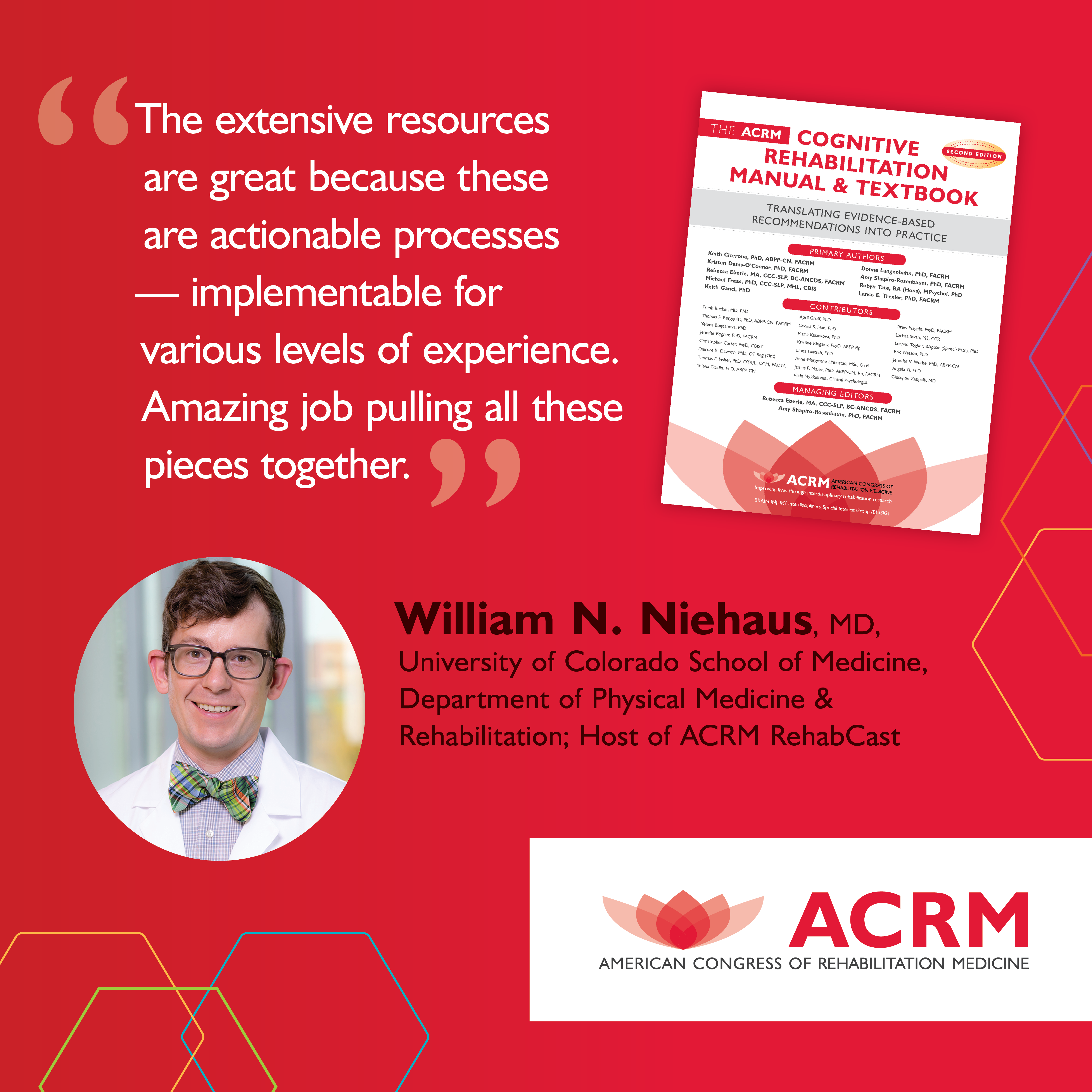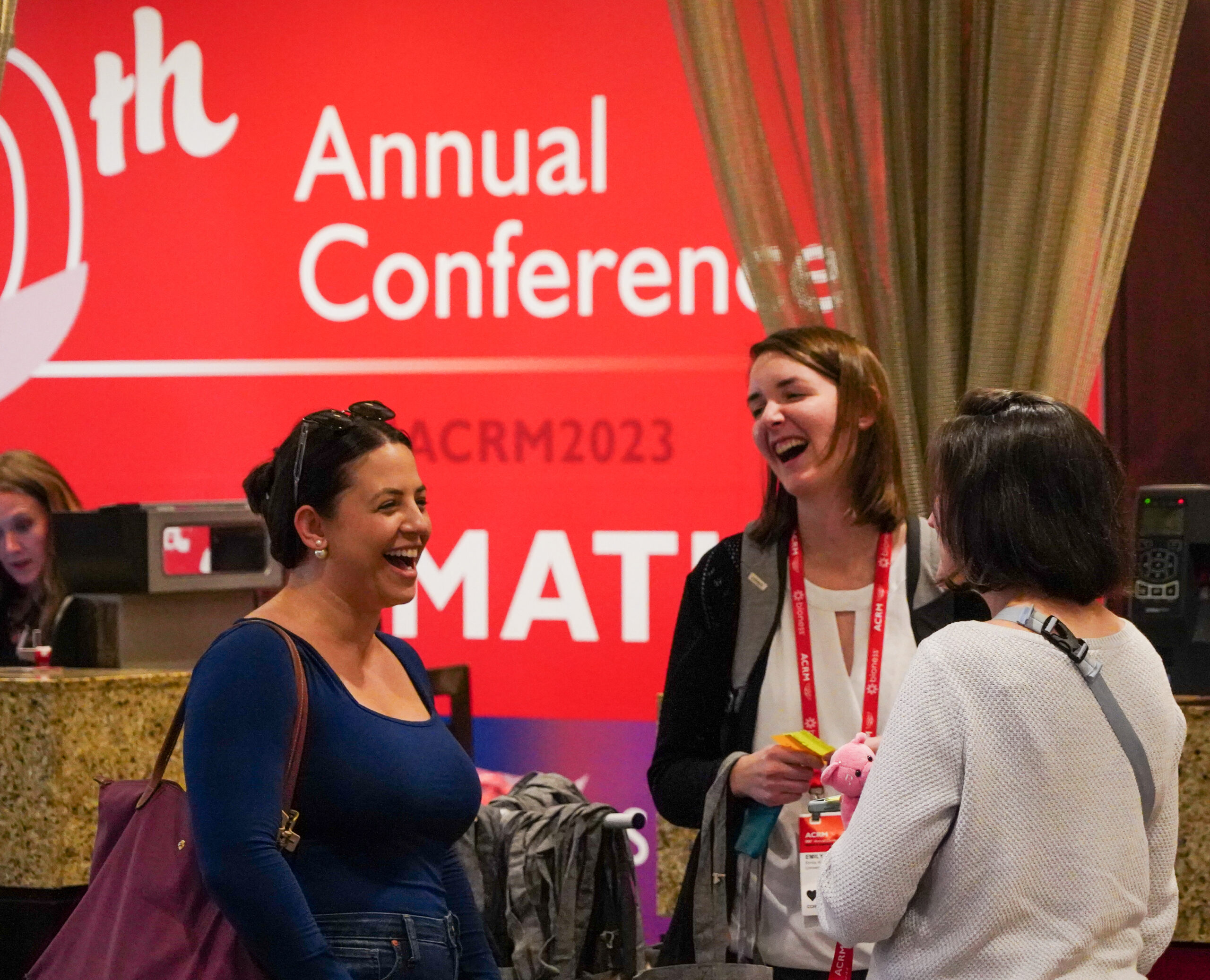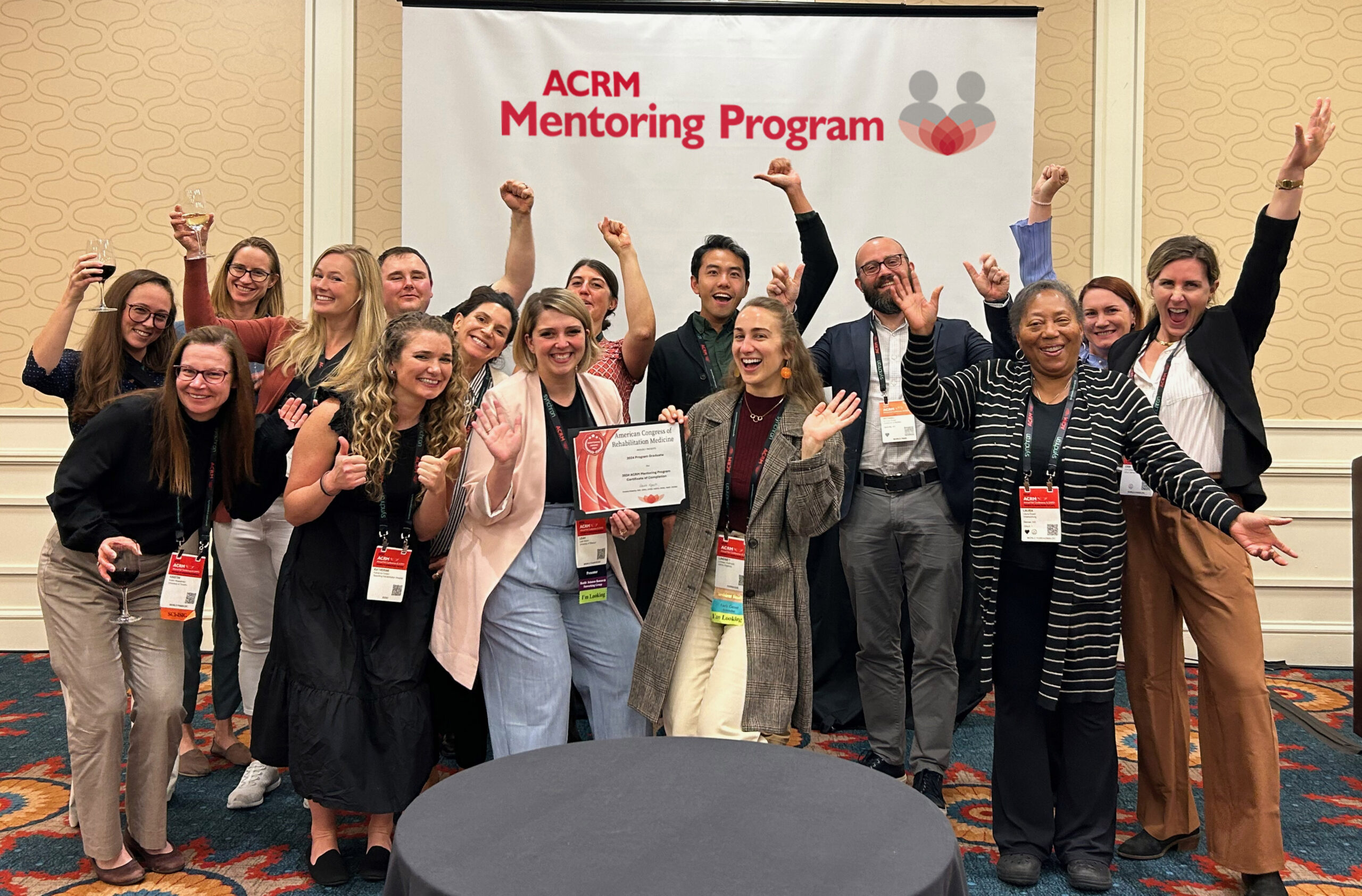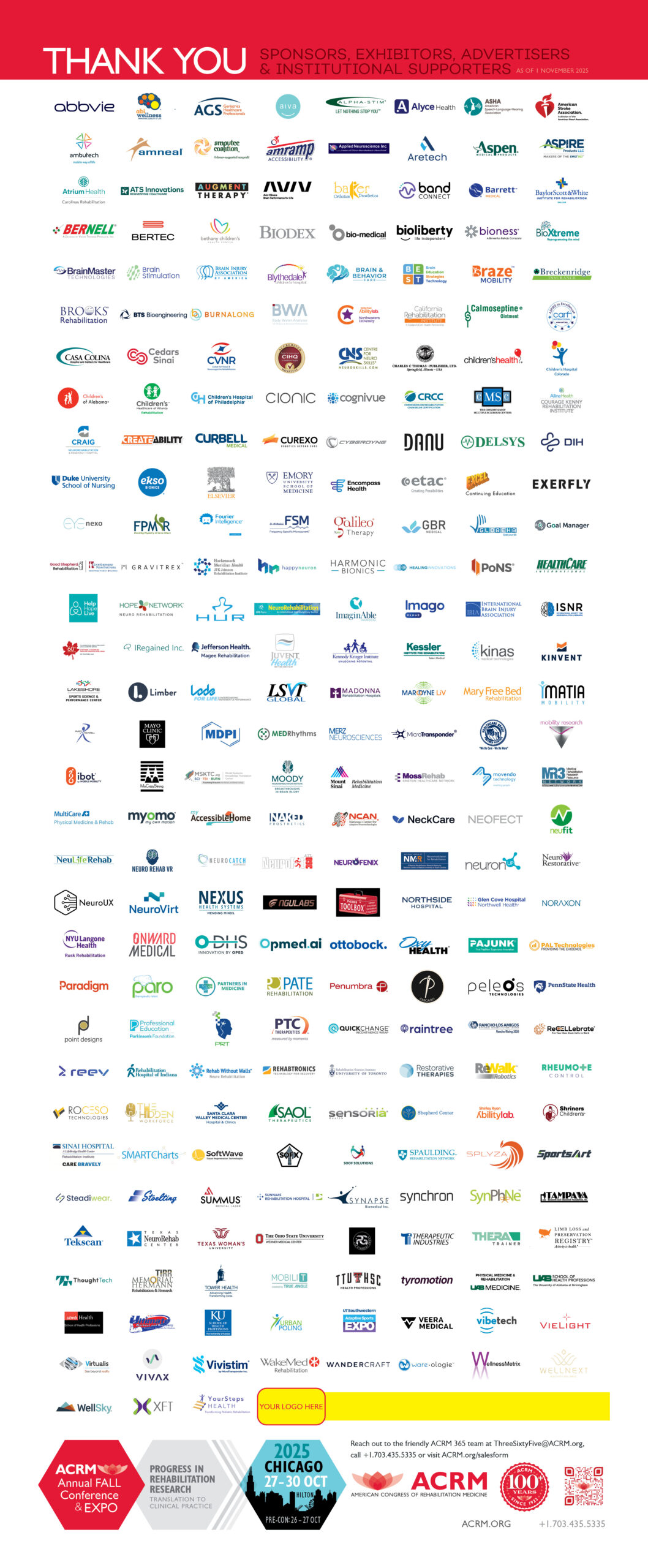Special thanks to two ECNG members who contributed articles to this quarter’s column. Sarah Callahan offers tips and insights in her article, Grant Writing as an Early Career Clinician-Researcher. If you are unsure about when and why to register your research study, read the article by ECNG Chair, Megan Mitchell, What Researchers Need to Know About ClinicalTrials.gov.
Grant Writing as an Early Career Clinician-Researcher
By Sarah Callahan, MOT, OTR/L, ECNG Communications Task Force Member and SCI Clinical Research Scientist at Shepherd Center
Grant writing: It’s not how your typical therapist wants to spend her afternoon. Actually, I’m not sure anyone wants to spend any extended length of time on this activity, but in research it’s necessary. So after a year or so of trying to avoid grant writing altogether, I decided it was in the best interest of my professional growth to seek out opportunities to develop these skills.
Maybe that’s not entirely true. Maybe before I sought out those opportunities they were delegated to me. Either way, I was slowly inducted into the school of grant writing. Do seasoned researchers enjoy this task? Do people feel like they’re good at it? If so, how did they get there? Not that I’m “there” yet, but I’ve noticed a major change in my feelings about grant writing over the past year or so. I’d like to share my experiences with you here, in case they can provide any insight into this process for early career clinician-researchers.
During my first year of a research fellowship that I completed after occupational therapy graduate school, my mentor applied for a grant through the Craig Neilson Foundation and asked me for editing assistance. That was easy enough. I like to edit.
The following year, I helped with another Neilson Foundation grant, this time contributing some content that I had gained expertise in over the past year of my fellowship. It felt great to be able to easily write about the subject and share my insights as a clinician to strengthen our protocol. After we received feedback on our second Neilson Foundation submission, two mentors and I thoroughly reviewed each critique and brainstormed about ways to address them. This led to another literature review, some major revisions to our protocol, and much critical thinking.
Before long, our lab decided that it was time to get our study started – funding or not. I was responsible for preparing our protocol for IRB submission. We decided to collaborate with other clinicians, managers, and stake-holders at our facility. I learned much about pragmatic clinical trials and study design through this process. (But that’s probably material for a future article!)
Soon our protocol had been IRB-approved and we were ready to get started … then a Department of Defense grant opportunity presented itself, so it was back to grant writing for me! This time, as we had already thoroughly fleshed out the details of our study and presented them to the IRB, hospital staff, and other funding organizations, I felt much more comfortable with the content. The Department of Defense grant application was very detailed but we knew our topic comprehensively and felt strongly that our study proposal was a good one. This was our chance to showcase it. I had more responsibility this time around in the writing process, but it was still very supported and mentored. That’s how I need it to be for now and I’m grateful for a fantastic team – with much grant writing experience – to allow me to learn one step at a time.
Maybe that’s the process. Perhaps it takes a few rounds of grant writing to really feel comfortable – especially for someone without a PhD or formal grant writing training. It is certainly different than preparing a manuscript. With grant writing, there are plenty of nuances to discern (e.g. what the mission of the funding organization is and how to present your study in such a way that it aligns with their priorities).
It also forces you to think critically and comprehensively on a novel topic while remaining a clear communicator. But I guess that’s part of the challenge and makes success even more rewarding. We’re still waiting to hear back about that Department of Defense grant but, reflecting on what I’ve gained from my grant writing endeavors so far, I already feel rewarded with increased confidence in my writing.
What Researchers Need to Know About ClinicalTrials.gov
By Megan Mitchell, PhD, ECNG Chair, Biomedical Engineer, Kansas City, KS
Does your study include human subject intervention? Does your study require IRB approval?
If you answered yes, then you need to register your trial at ClinicalTrials.gov. Many journals, including Archives of Physical Medicine and Rehabilitation, have begun to require that studies be registered in order to undergo peer review. As described on the Archives website.
Beginning 1 January 2016, all manuscripts reporting clinical trials must be registered before submission. For trials that are underway and are already enrolling patients, registration will be retrospective. This is an interim step that will end 1 January 2017. At that time, the Archives will only consider clinical trials that have been registered before the first patient is enrolled.
For our purposes, a clinical trial is defined as “any research study that prospectively assigns human participants or groups of humans to one or more health-related interventions to evaluate the effects on health outcomes.” Thus, cohort and retrospective studies without an intervention do not require registration, and neither do observational studies of clinical care. However, studies of human subjects with prospective assignment of an intervention by the investigators, regardless of the size of the trial or method of assignment, must be registered.
The registration process is relatively quick, but important so you do not limit where you can publish your results. More information can be found at ClinicalTrials.gov.









